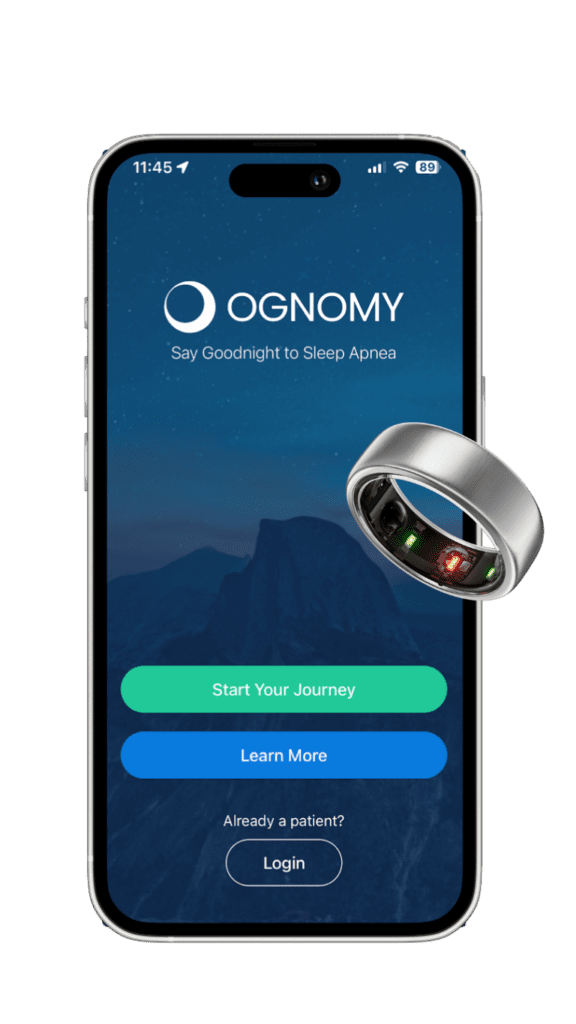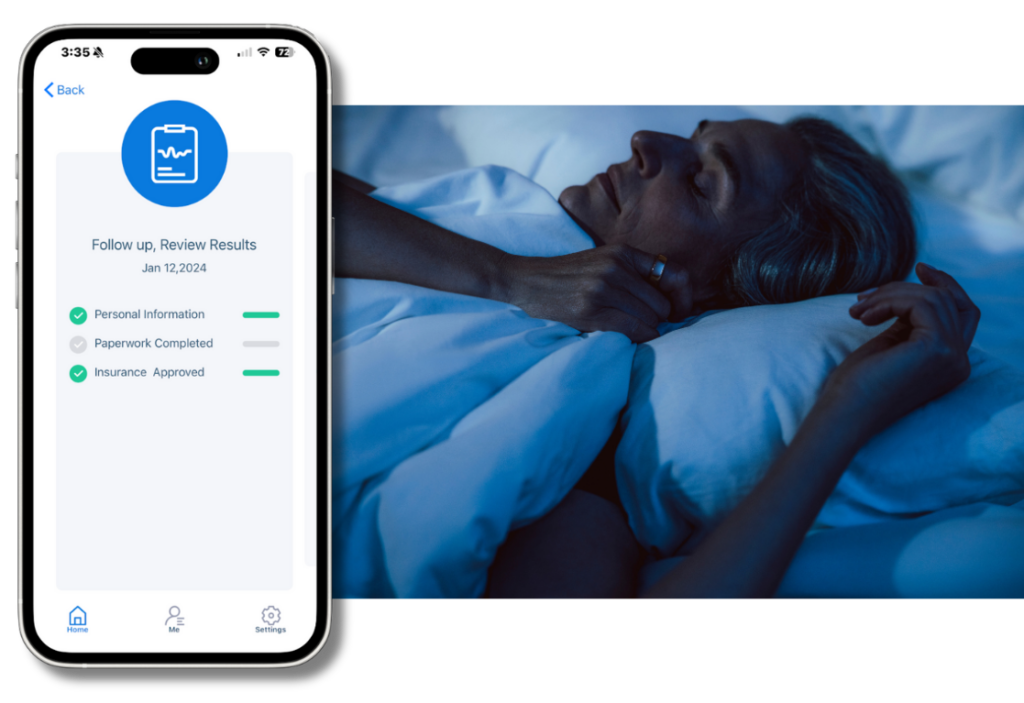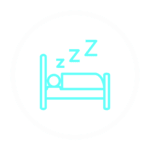Sleep apnea is a sleep disorder that affects over 25 million people in America alone and almost a billion people worldwide. It occurs in all sexes and all age groups, and it commonly goes undiagnosed. In fact, more than 80% of patients with sleep apnea don’t even know they have it. Let’s get into the specifics. This disorder shows up, primarily, in two forms: Obstructive Sleep Apnea (OSA) and Central Sleep Apnea (CSA).
Obstructive Sleep Apnea
OSA is by far the more common of the two. It occurs when the muscles in the back of your throat fail to keep your breathing airway open, resulting in either a partial or complete blockage in your airway. Essentially, you stop breathing periodically throughout the night! This, in turn, signals your brain to partially wake up in order to tell your body that you need to breathe, because, you know, you need to breathe to stay alive. This can cause you to wake up as many as 500 times each and every night, depending on the severity of your OSA.
A note on the varying severity of OSA:
- Mild OSA: 5-14 interruptions in breathing per hour.
- Moderate OSA: 15- 30 interruptions per hour.
- Severe OSA: 30 or more interruptions per hour.
These apnea obstructions are often followed by gasping, choking, and snorting sounds, which are the result of trying to take a deep enough breath to fight past the obstruction so that you can breathe. Once a breath is taken, the brain returns to sleep. However, these events might be very subtle and are virtually silent to certain people.
Central Sleep Apnea
Central Sleep Apnea (CSA) is a bit different. It is more of a communication problem with the brain than a mechanical problem with the breathing airways. With CSA, your brain actually fails to signal the muscles that are supposed to be regulating your breathing. CSA is much less common, comprising around 15% of all sleep apnea cases.









